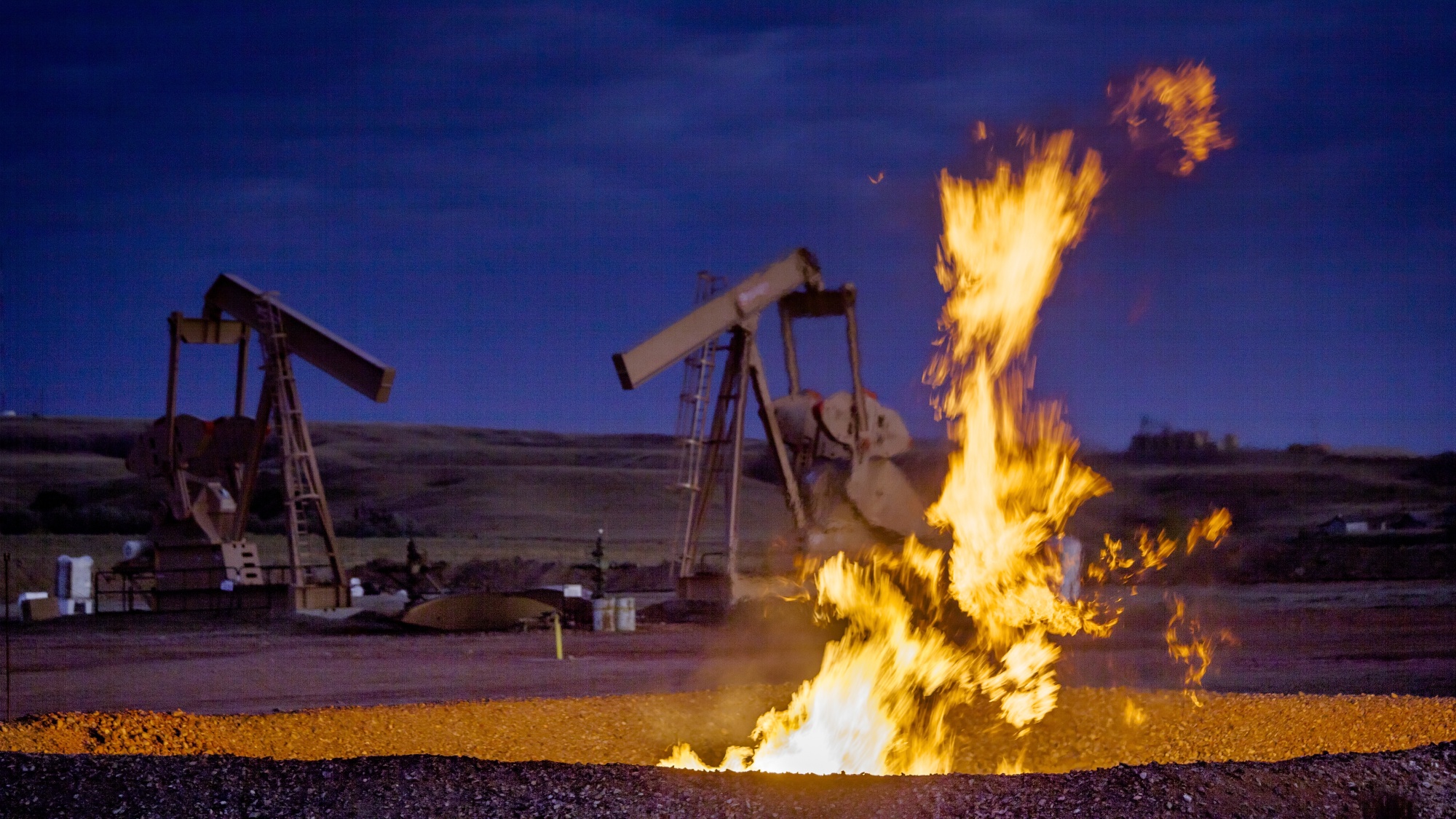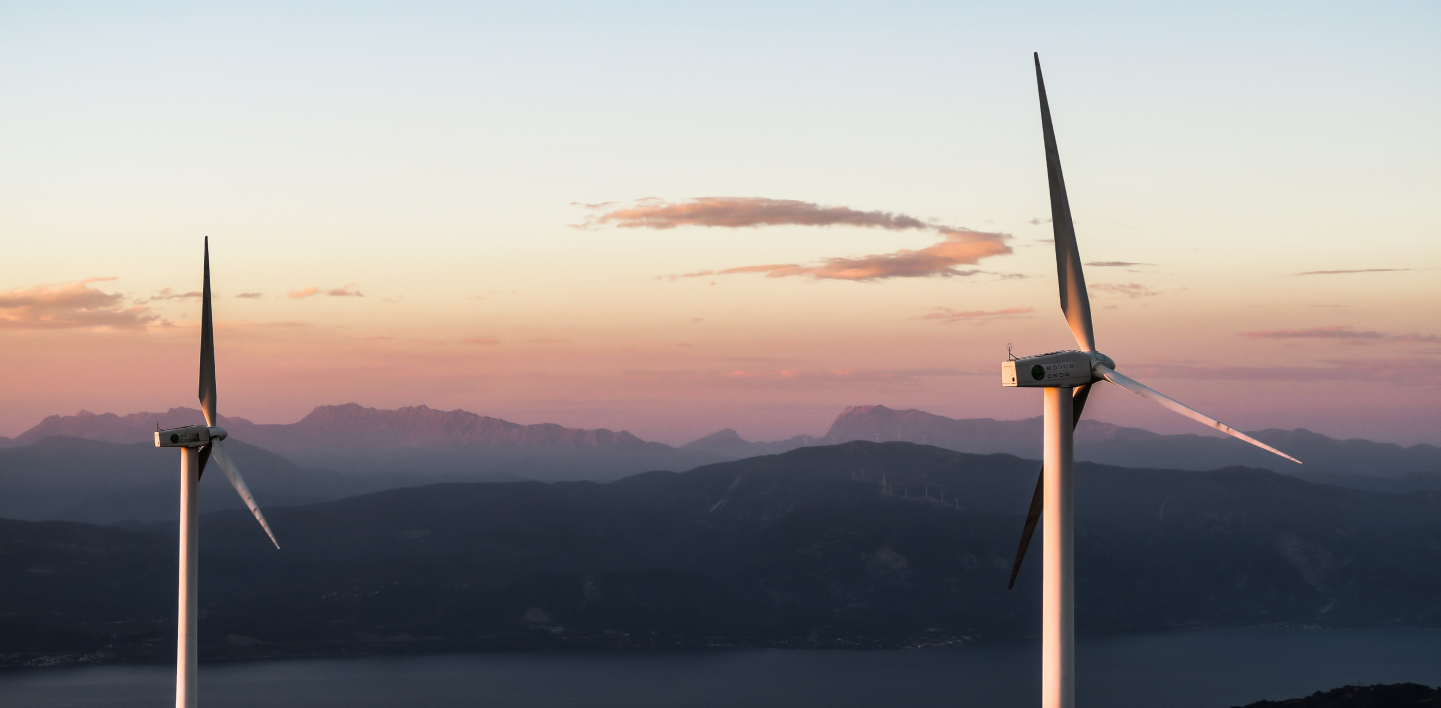
Getty Images
By Trung Phan
May 3, 2022, 6:00 AM MDT
“ExxonMobil is mining Bitcoin.”
That unlikely headline was recently splashed across major business publications. In a project that began in January 2021, Exxon teamed up with the startup Crusoe Energy Systems Inc. to use excess gas from its North Dakota oil fields to mine Bitcoin.
Here’s why: The oil production process gives off gas as a byproduct. For logistical reasons, not all of the gas can be captured and transported. Common industry practice is to burn the extra gas. Called “flaring” in industry parlance, the practice is very bad for the environment.
By one measure, flaring is responsible for 1% of man-made atmospheric carbon dioxide emissions globally. Even worse is the release of methane: As Scientific American put it, “while CO2 persists in the atmosphere for centuries, or even millennia, methane warms the planet on steroids for a decade or two before decaying to CO2.”
Crusoe is able to use the excess gas in a process it calls digital flare mitigation. The startup has built dozens of mobile data centers that are placed onto oilfield sites where flaring takes place.
“People have tried to solve flaring for a long time,” Crusoe CEO Chase Lochmiller tells me. “But the standard chemical engineering approaches like compression or liquefaction don’t make sense economically.”
Enter Bitcoin: The digital asset maintains its record of transactions through a process that requires a lot of computing power to solve math puzzles. Bitcoin miners receive rewards for solving these puzzles. It is this incentive that provides the economics for Crusoe to deploy a technology able to divert gas from flaring.
Last month, Crusoe raised $350 million in a Series C funding round. It already operates in North Dakota, Wyoming and Colorado but will use the funds to expand into other areas where flaring is widespread: the Permian Basin (Texas), Argentina, Oman and Abu Dhabi. Lochmiller told Bloomberg TV that if the 14 billion cubic feet of gas that gets flared every day could be harnessed for computing, you could power the whole Bitcoin network eight times over.
When selecting new sites, Crusoe makes sure it’s not creating new demand for gas. Typically, the startup takes on projects where gas is a byproduct of an existing oil well operation.
“It’s a fine line to walk,” Lochmiller says of choosing sites to work on. “We are in the business of reducing emissions.”
While Bitcoin provides a climate-friendly alternative to flaring, a critic might point out that the entire digital network is an energy sink that is net-net bad for the environment.
Does Bitcoin use a lot of electricity? Yes.
The International Energy Agency notes that Bitcoin consumes about 100 terawatt hours of electricity (0.3% of total global consumption). Data center and data transmission networks — which power everything from Snap DMs to Netflix shows to medical research — consume a total of 460-590 terawatt hours (1.4%-1.8%).
Not all electricity consumption is equal, though. Coal plants are obviously worse than wind power, so it’s worth considering that renewable energy sources make up 39% of Bitcoin’s total energy consumption (vs. 17% for U.S. electricity production).
If you assign zero value to Bitcoin, then the electricity consumption is a complete waste. But even a skeptic has to acknowledge Bitcoin’s achievements: It currently has a $752 billion market cap and there are more than 1 million active Bitcoin wallets.
To Lochmiller, data centers are not criticized as much as Bitcoin because people “see value” in them.
If you accept the premise that Bitcoin has real-world value, consider also that it has two key attributes that can help transition the world to cleaner energy:
Distributed operation: Bitcoin mining is highly distributed. A mobile data center can make it economical to unlock stranded renewable energy resources.
Interruptible workload: Mining operations can turn on and off at a moment's notice, which helps to stabilize energy grids. When demand is low, Bitcoin mining can consume the otherwise unused electricity. When demand is high — say, household consumption in the evening — miners shut down without a hitch.
“Bitcoin mining is the best buyer of last resort,” Lochmiller explains. “Few industrial use cases can use lots of energy like Bitcoin and shut down in 5 minutes. You can’t do that for an aluminum smelting plant.”
Wind and sun power famously have an intermittency issue (the sun doesn’t always shine, the wind doesn’t always blow). Deployed properly, Bitcoin mining operations could also conceivably subsidize the build-out of renewable energy sources.
For Crusoe, it’s not only about Bitcoin. The company believes that a mobile, low-cost and energy-efficient data center is a solution that can sustainably power all forms of computing tasks in the future from AI to graphics rendering to digital assets. And to that end, its technology is also being tested with wind-farm projects.
“The ability to source, harness and use energy is a sign of a productive society,” says Lochmiller. “So the use of energy is not a bad thing, so long as we can mitigate harmful climate effects.”
Until the grid is liberated from fossil fuels, helping to mitigate the problem of flaring would be a big step.


